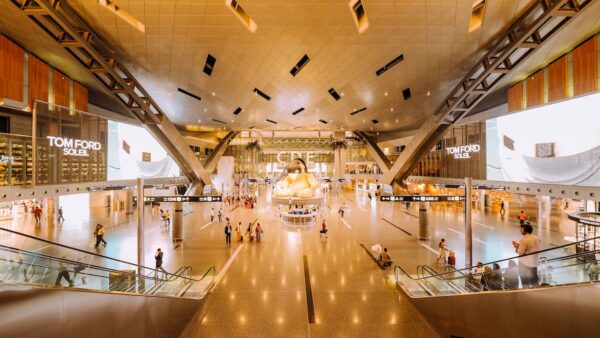Coffee has always been the go-to beverage in a world where people are on the move. It’s what drives us to make ends meet, build new futures, or to simply socialize with others. It’s the lifeblood of the average adult and adolescent so we can brave the world even for just 24 hours.
According to one statistic, 110-120 million bags of coffee are produced in the world every year. Yes, the coffee you’re probably drinking right now while reading this would definitely come from that bag.
As a writer, drinking coffee has become a daily routine of mine; that piping hot brew of coffee kickstarts my system and has me all set to face the day.
However, coffee has become more than a simple beverage, it’s a representation of the culture and history of the country it’s from.
Different countries have their own method of serving coffee and that’s what this list is about to give you: a brief glimpse of a nation’s history through the taste of a simple cup of coffee.
So as you take your first sip today daydreaming about your next adventure, let’s take a look at these coffees from around the world.
1. Coffee from Ethiopia
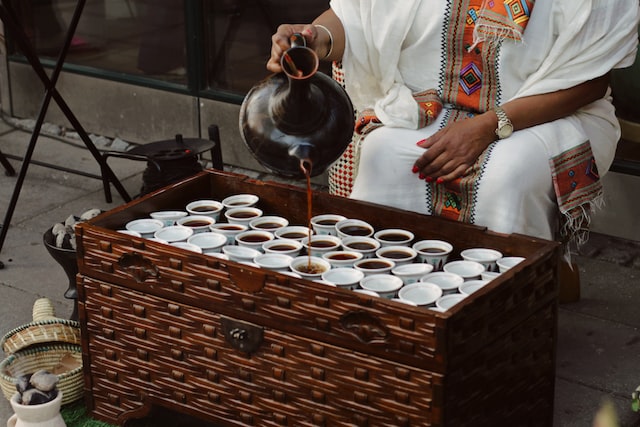
Coffee is deeply embedded in Ethiopian culture, and its origin is wrapped in legend and folklore.
It’s said that the coffee beans were discovered by a goat herder’s sheep grazing through the red fruit of a coffee plant. Suddenly the goats started frolicking back and forth as if they’d been possessed by some mysterious energy.
The herder then gave these seeds to a group of monks who tossed them into fire deeming them sinful. However, these monks thought otherwise when they began crushing these seeds and soaking them in hot water. They suddenly felt invigorated and somehow, someway they were able to finish their long prayers into the night and the rest was history.
Drinking coffee is more than just a pastime, it is an honored tradition. The phrase “buna tetu”, meaning “come drink coffee” is often used as an invitation to neighbors to have a sip of coffee.
The process itself is steeped in history, which is why it would take more than an hour to brew.
What happens is that raw coffee beans would first be washed and roasted in an iron pan in front of you. You would then savor the intoxicating aroma of those roasted beans.
A dining table would also be set up for the occasion. These beans would then be brewed in a mortar before placing them in a clay pot specifically for boiling coffee. Once that foam dissipates, the pot is then left to settle.
Finally, the coffee is then poured into the cup and usually served with sugar, salt, or rue. It’s important to stress the process because everything in it contributes to the experience of drinking coffee in Ethiopia.
2. Pour Over Coffee in Japan

When you think of Japan, the first thing you would think of is tea and the solemn ceremony that comes with it.
But statistics have shown that Japan is the 5th largest importer of coffee. So how did coffee become part of its culture?
Historically speaking, coffee culture in Japan was a result of the importation of coffee beans from the Dutch in the 17th Century. Tsurukichi Nishimura, who just finished studying abroad, was enamored by the coffee shops in France where creatives from all walks of life would meet. Thus it became his dream to open one of his own. It wasn’t until the 1930s that Tadao Ueshima carried on these aspirations by establishing the “All Japanese Coffee Association”.
But how is coffee served in Japan?
When you go to a coffee shop in Japan, the first thing you would notice, according to Alice Gordenker, is that the coffee cup handle is placed on the left with the spoon in front.
Gordenker further explains that the purpose for this setup is that customers can hold the cup steady with their left then grab a teaspoon of sugar with their right hand and stir, the customer would then turn the handle clockwise, around the top, so that the handle can be easy to pick up.
As elaborate as it sounds, coffee was seen back in the day as a luxury commodity, hence the reason why ceremonies such as this are taken with the utmost respect.
On a comparative note, what stands out in Japanese coffee culture compared to its tea culture is that it emphasizes the differences in tastes between demographics. For example, instant coffee has become a preference for the youth while ground coffee is something for the middle-aged or career persons.
Having a coffee in Japan is having a blend (pun intended) of both modern and traditional.
3. Brazil Coffee
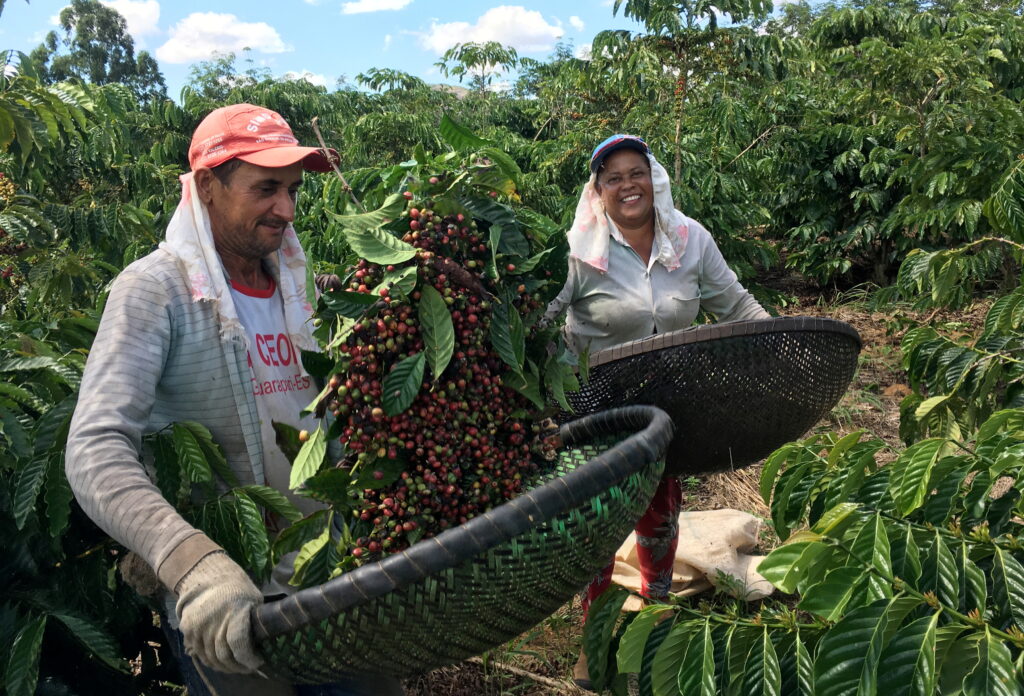
Coffee is one of Brazil’s biggest exports, and a huge producer of the product with a whopping 55 million bags. The product is the pride and joy of the nation and it has contributed to its welfare.
Brazil’s history with coffee could be alluded to as a legend steeped in colonialism. It was said that coffee was introduced by a Sergeant Major named Francisco de Melo Palheta who smuggled coffee plants. It was later on mentioned that he was sent to French Guiana and brought thousands of seeds.
The first coffee plantation was then established in 1770 in Rio De Janeiro, thus paving the way to the powerhouse that is Brazil’s coffee production.
Brazil maintains that coffee is something that must be enjoyed by everyone, which is why they would serve it cheaply. Normally coffee in Brazil would be enjoyed black with plenty of sugar to counteract the bitter taste. Sometimes, a kind of milk called média is used.
Most Brazilians enjoy their coffee in its pure state hence their reluctance to use certain machines like say for espresso or coffee laced with various flavors like a macchiato.
So if you’re the type who prefers their coffee plain with a strong kick to start you just right, then Brazil would be the go-to place.
4. Turkish Coffee Recipe
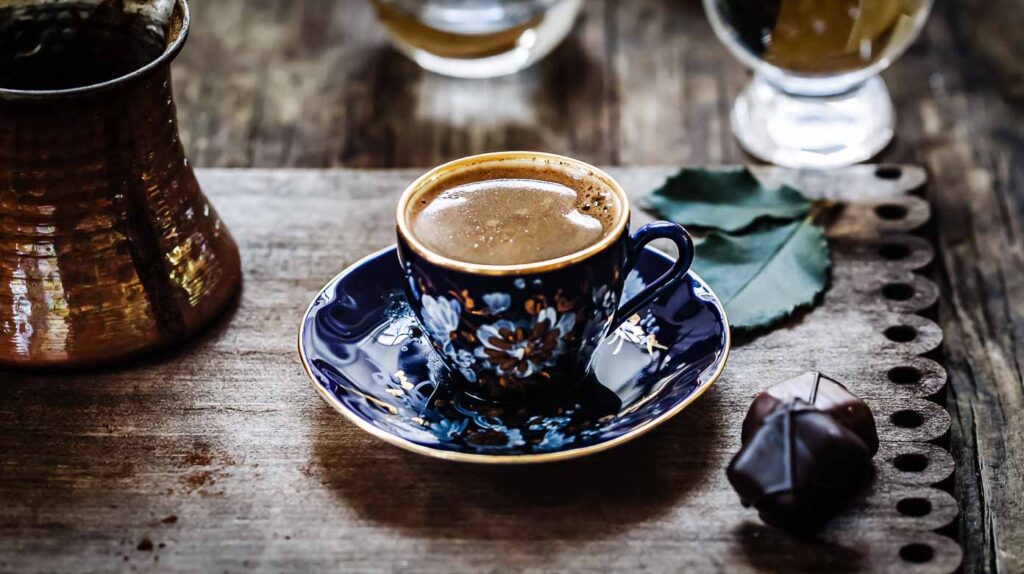
Coffee’s history in Turkey could be summed up with one word: coffeehouses.
The cafes that we all know and love have their origins in Turkey. One passage says that the first coffeehouse was established as early as 1554. These coffeehouses were abuzz with social interactions from different kinds of people. From your regular merchant to the gifted scholar, going to a coffeehouse during these times would be like going to a Starbucks or Coffee Bean after a long day of school or work. But what kind of coffee do they serve and how?
Turkish coffee is a ceremony in its own right. The process involves grinding fine arabica coffee beans, then pour a cup of cold water into a cezve – a metal jug with a long handle – then some coffee ground.
The jug is then heated over a direct heat source for a few minutes. Then it is poured into a coffee cup or what is called fincan.
The coffee is then shared with your friends or family members. Talking with your friends while having a cup of coffee is what defines Turkish coffee culture. A Turkish proverb perfectly captures this experience “A cup of Turkish coffee offers 40 years of friendship”.
5. Kapeng Barako from the Philippines
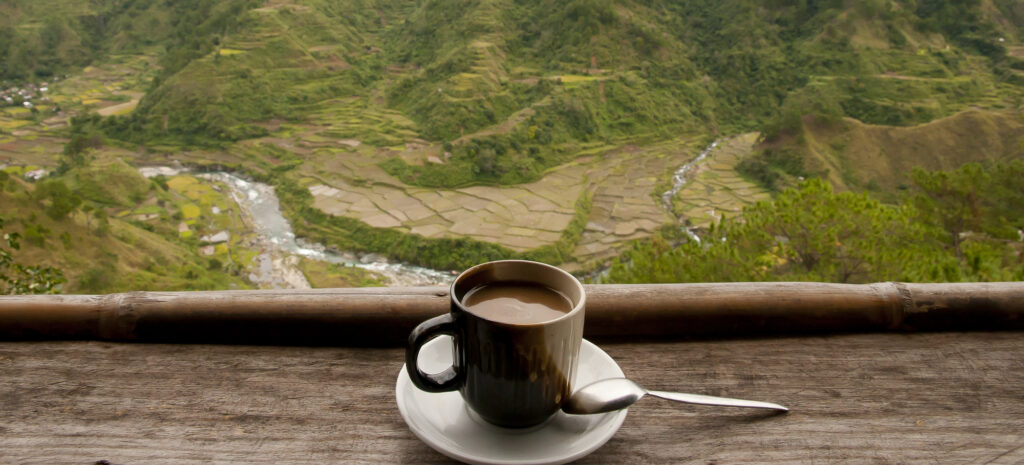
Last but not the least, we have the Philippines. With its history of colonization from three different countries, it’s no surprise that we’ve assimilated the culture of drinking coffee.
It is said that our coffee was cultivated by coffee seeds brought in by the Spanish friars because the product is not endemic to us. Coffee has become a part of our culture to the point that former President Ramos declared October to be Philippine Coffee Month.
According to one study, Filipinos are considered to be heavy coffee drinkers. Heavy in this context would mean someone who purchases and drinks coffee products twice a week or 81 times a year.
Due to the country’s geographical placement, the Philippines is one of the few countries that can cultivate a variety of coffee seeds: Liberica, Arabica, Excelsa, and Robusta. Robusta is the country’s preferred variety. Each of these seeds produces a different kind of coffee.
An example of Liberica coffee would be the Kapeng Barako from Batangas. As the name implies, it is known for its strong flavor and aroma. It can be served sweetened with sugar and cream, or plain black.
As you can see, years of history could be experienced with just one cup of coffee. Each sip we take gives us a better appreciation of the country and how they serve something as simple as a cup of coffee.
A common theme that could be seen in all these countries is the theme of fellowship. Coffee can be experienced alone, yes, but it’s better appreciated with friends and family. The bonds we make are what brings us together as people and it’s all thanks to a cup of coffee.



